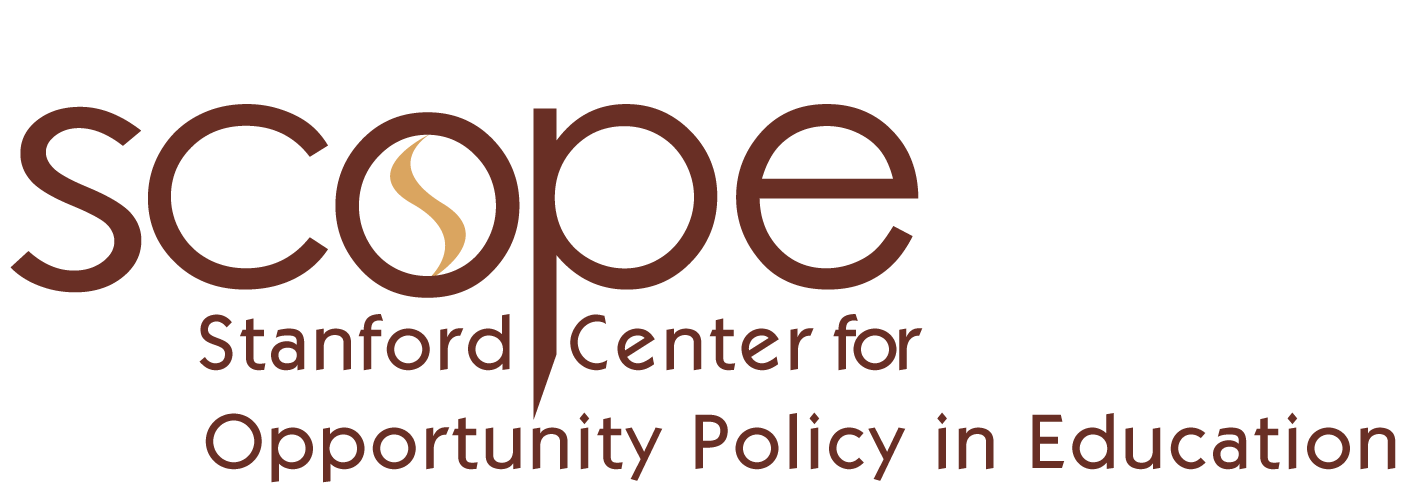This article was first published in The Hill.
Last week, California’s State Board of Education took another step toward a new school accountability system, including the launch this spring of new tests that call for higher order thinking skills. At the same time, the board detached the tests from automatic high-stakes sanctions (federally mandated under the No Child Left Behind iteration of the Elementary and Secondary Education Act, or ESEA) and toward a new continuous improvement approach. The new system uses multiple indicators of learning opportunities and student outcomes to guide investments and action.
While Congressional deliberations on ESEA are tied up over how and how often students should be tested and what should be done when schools have low scores, California has moved ahead with a pragmatic, less rancorous approach to strengthen its schools.
Washington could do the same if Congress could focus on obvious points of agreement and stop looking for wedge issues. We know this is true because we have done it.
In summer of 2014, two separate groups of scholars and policy experts convened to rethink educational accountability. We represented different reform “camps” across a wide political spectrum, and there was no reason to expect us to draw similar conclusions. So when we read each other’s reports we were surprised at how much we agreed.
We agreed that tests were taking up too much school time and that the results were being misused. But we also agreed that high-quality assessments are necessary, as a way of tracking progress and identifying student learning problems so they can be addressed in a timely way.
We also agreed that if parents and public officials pay attention only to standardized tests, they get a distorted picture of what children are learning and where improvement is needed. More information about schools and student outcomes is needed to diagnose what’s happening and what should be done.
We agreed that public officials have a responsibility to intervene when a group of students are not learning what they need to finish high school, succeed in higher education, and become fully self-supporting adults. But we also agreed that actions toward a particular school – whether to invest more money in it, change its staffing and methods, or replace it and let families choose other schools – should consider more than just test results. Actions should depend on whether the school is improving or declining, and whether there are better alternatives for the students
Finally, we agreed that if schools are to be held accountable for results, their leaders must control hiring and budgets and be free to choose methods that best match the needs of their students. School leaders, not distant state officials or data systems, should decide how to evaluate, pay, and promote teachers and other educators.
Starting with these points of agreement, we have written an unprecedented consensus report, focused on the pending reauthorization of the ESEA.
Together we urge the federal government to make sure districts provide annual assessments of student progress, while allowing states to develop better systems of assessment that better measure deeper learning and diagnose what students know.
The Feds should continue to require states to flag districts that require improvement, using multiple measures of student opportunities and outcomes, like California’s Local Control Accountability Plans. States need to accept responsibility for action to identify children at risk and improve their options.
But the Congress and the U.S. Department of Education shouldn’t mandate what those actions are or require specific uses of funds. Neither should they set mandates for school management or personnel evaluation that constrain how school leaders can do their work.
At a time when many children are not learning all that they need and when none of the many ideas about how to improve schools is proven best under all circumstances, an accountability system must leave room for innovation and experimentation.
The Feds need to treat accountability as an ongoing process of improvement, not just a set of measures and procedures that can be set in stone. Congress should support reasonable experimentation with new approaches to measuring student learning and progress, evaluating schools, and remedying low performance.
California has just taken a big step in the right direction. Few other states have the leadership and capacity that California enjoys. Most will need encouragement and help, without heavy-handed prescriptions, from the federal government. A new consensus is forming across the political spectrum regarding a pragmatic approach to education accountability, if Congress will seek consensus rather than division.
Linda Darling-Hammond is Charles E. Ducommun professor of education at Stanford University and the director of SCOPE. Paul T. Hill is research professor at the University of Washington and founder of the Center on Reinventing Public Education.

